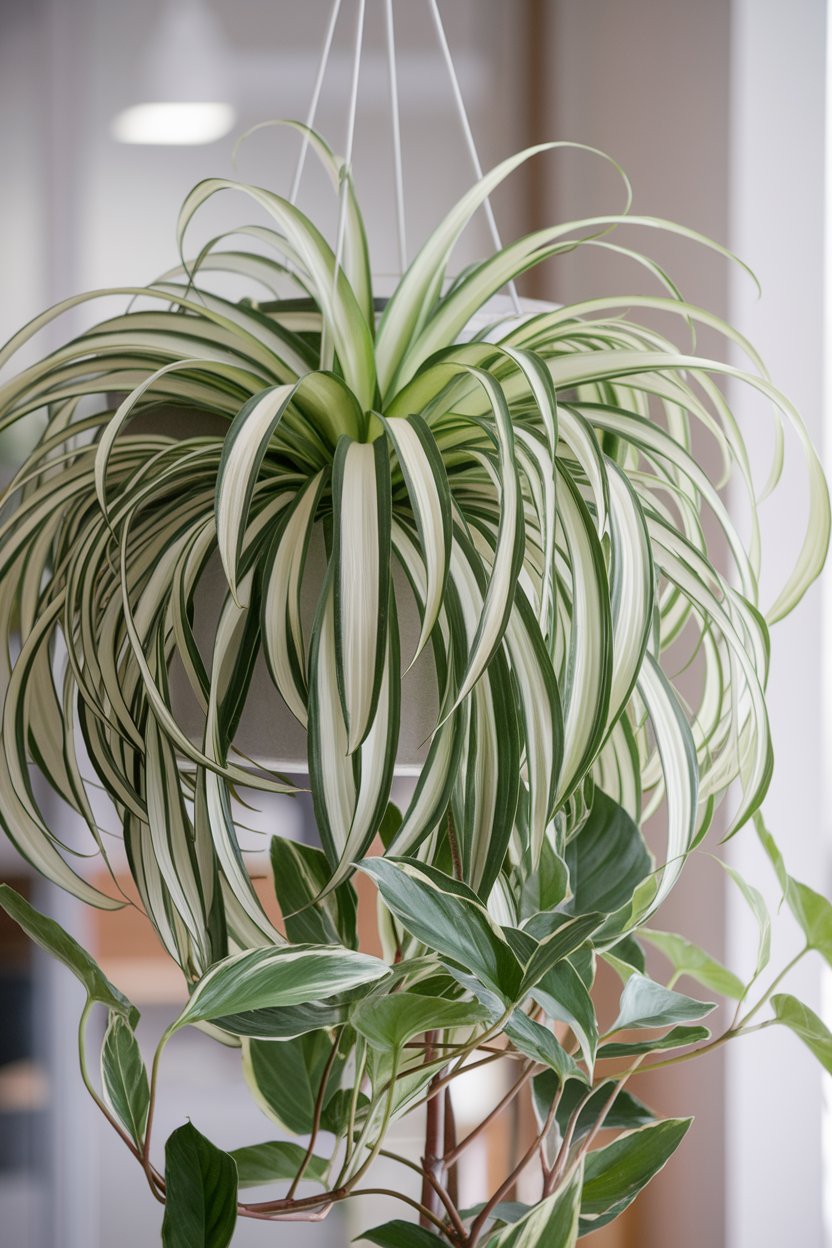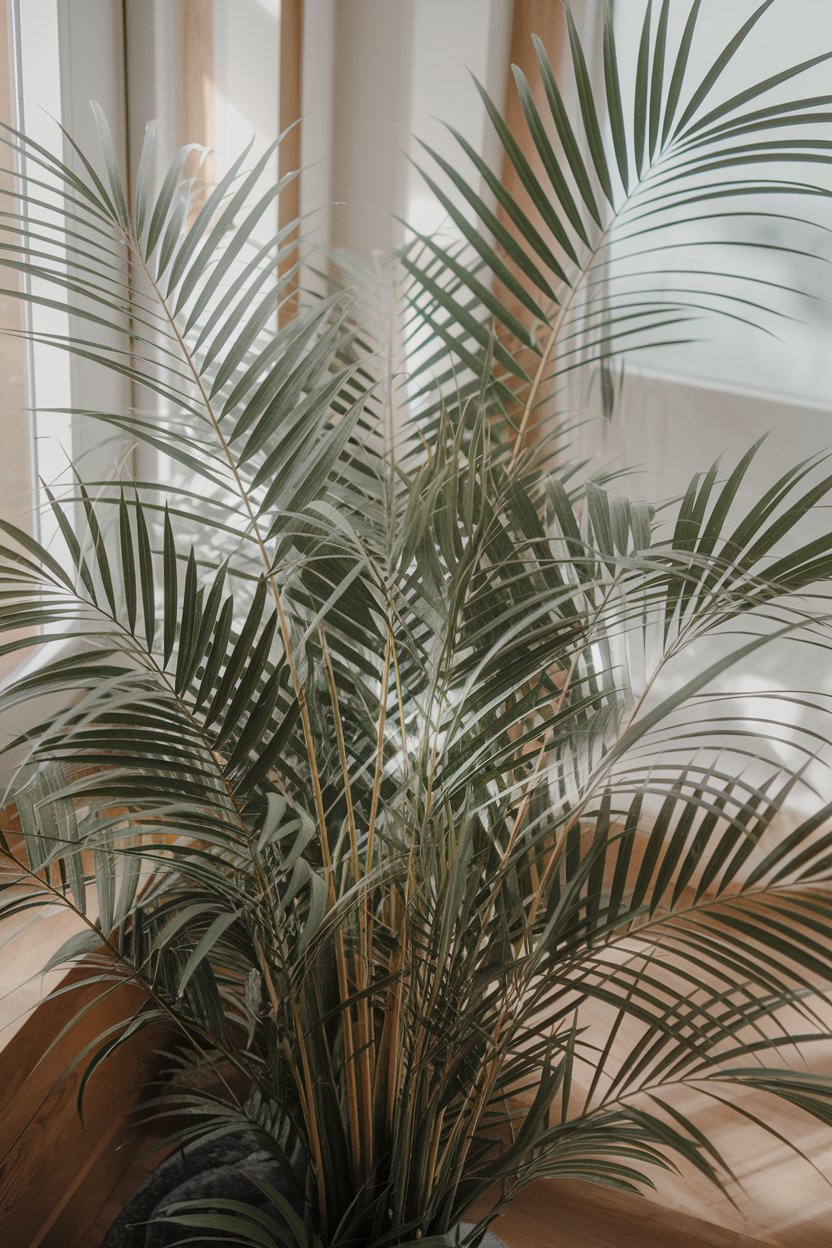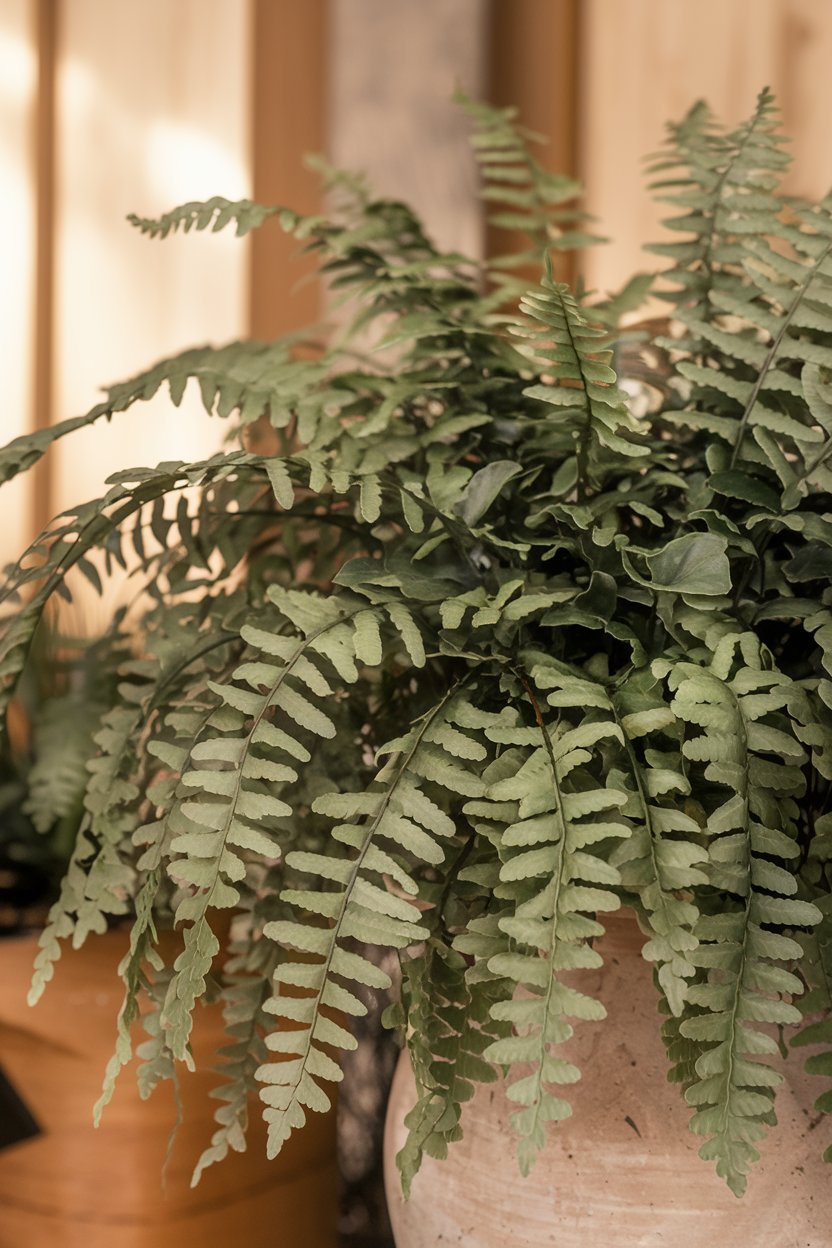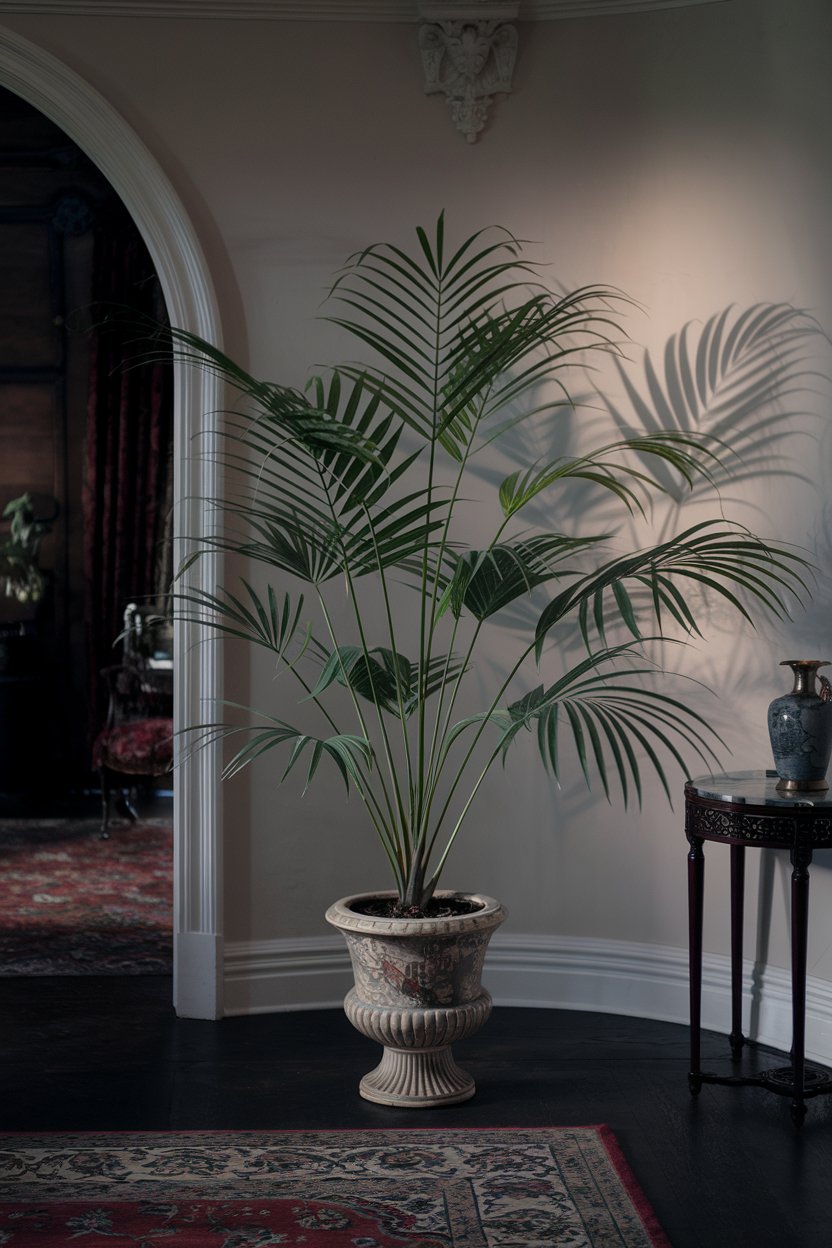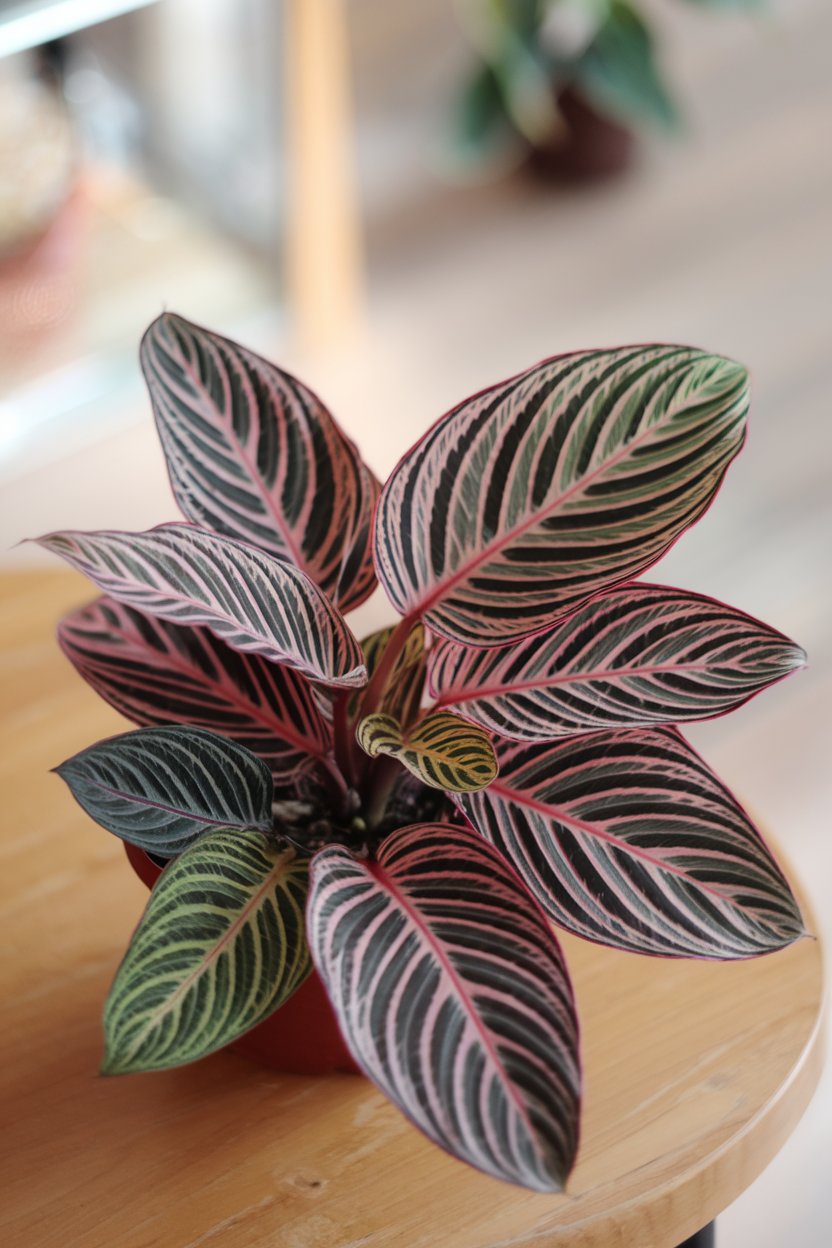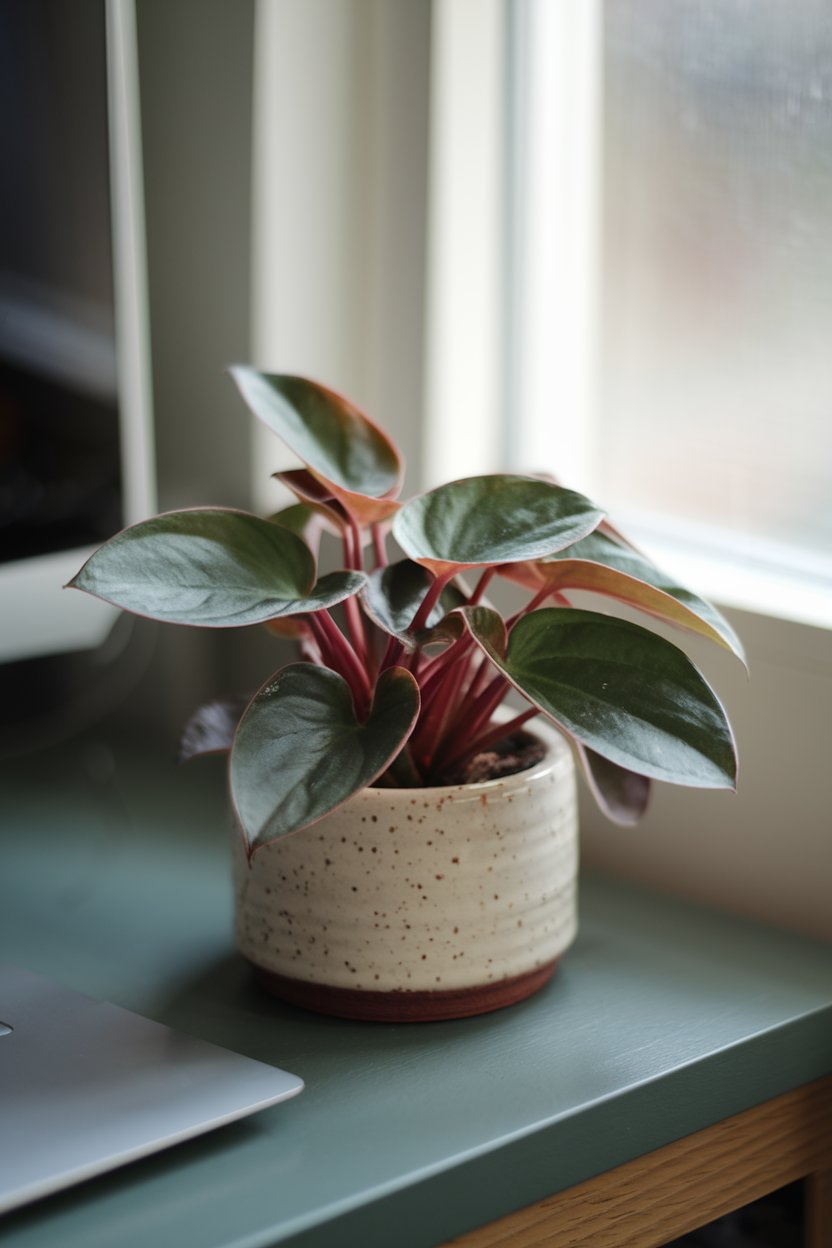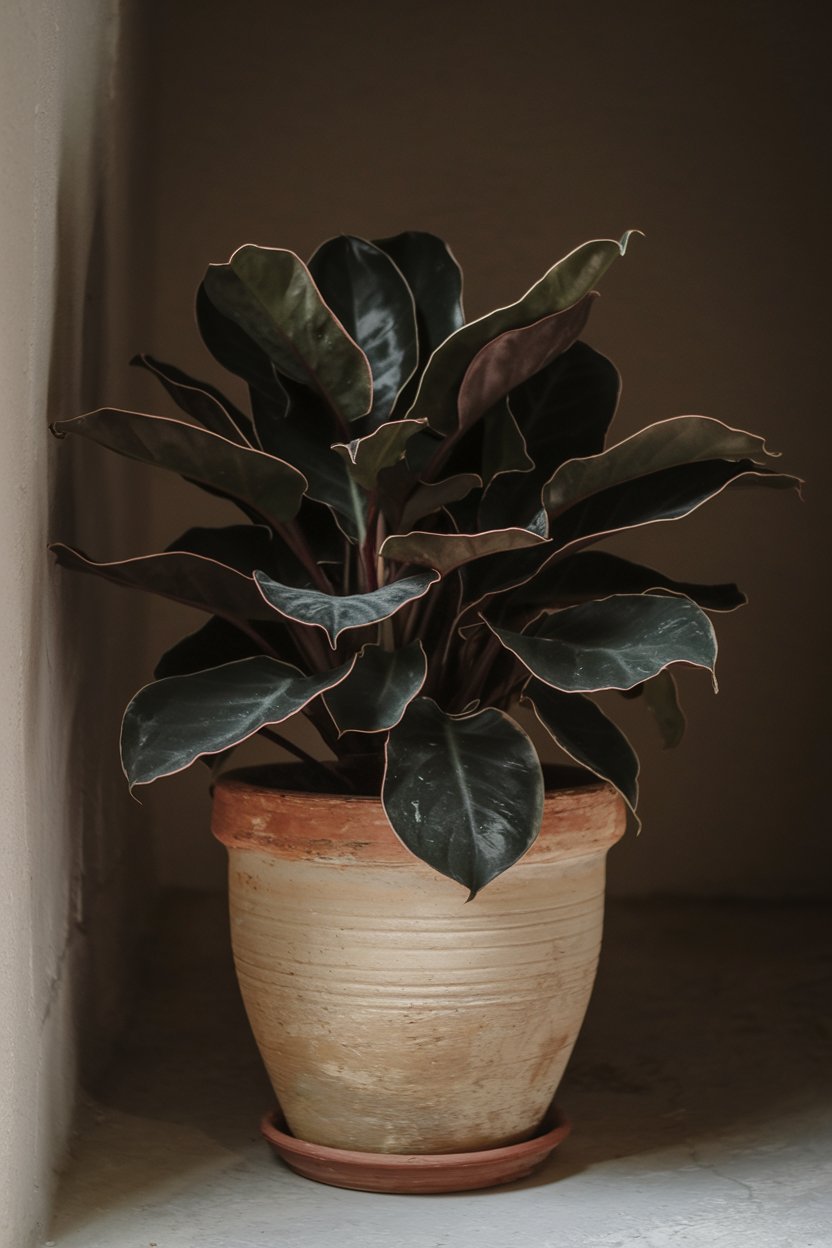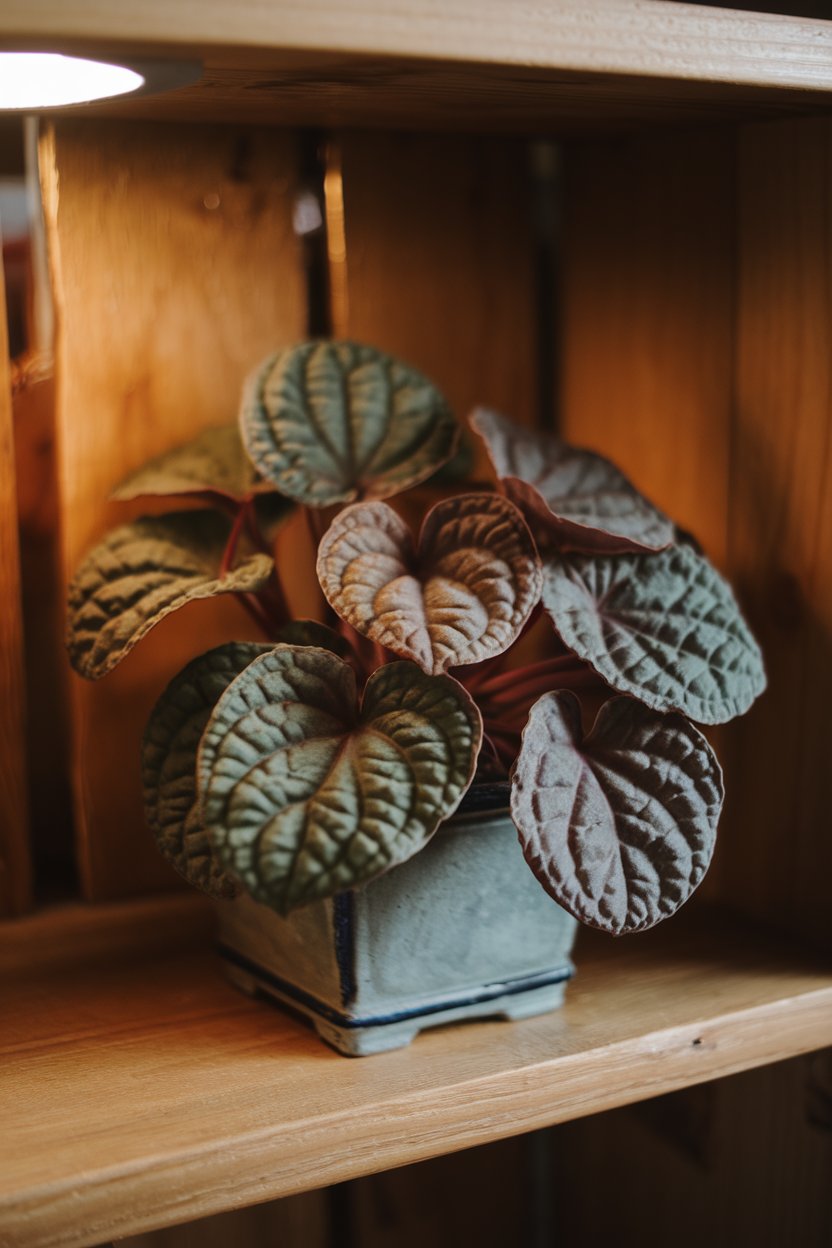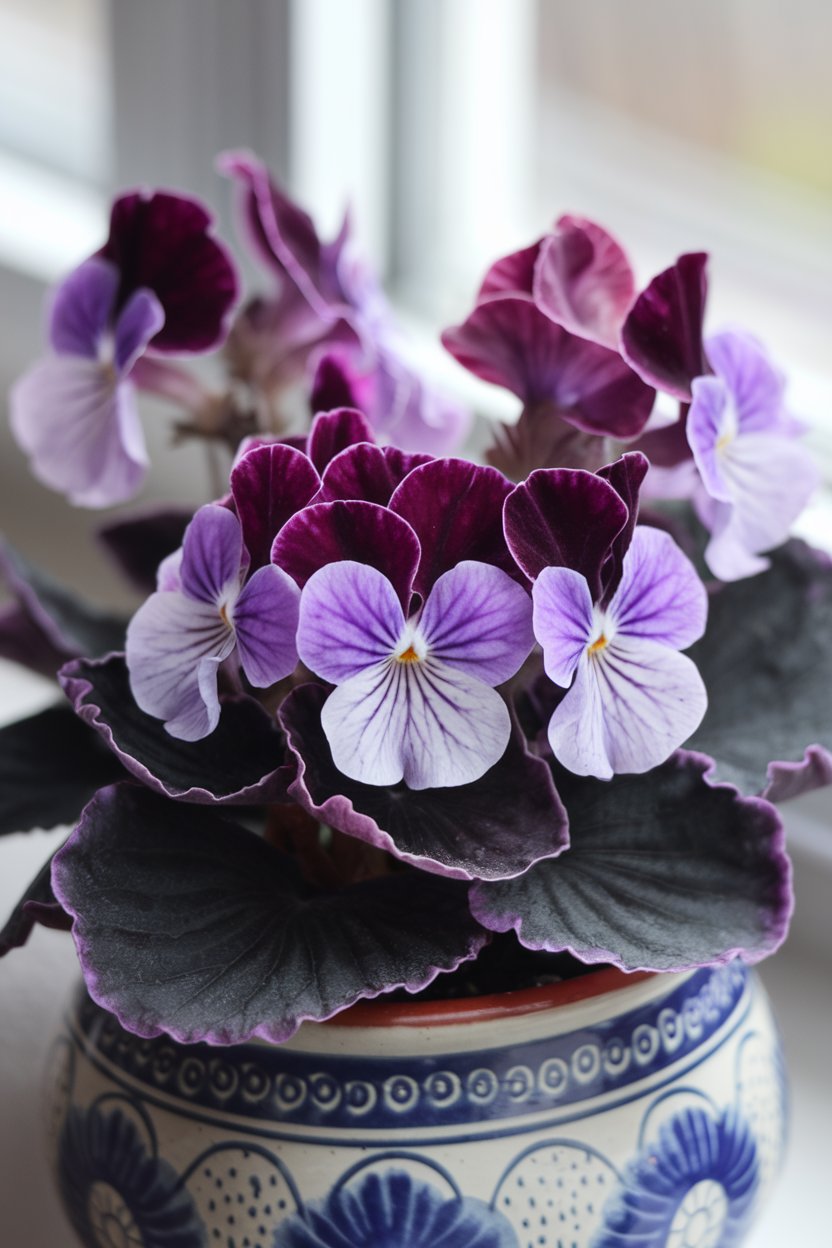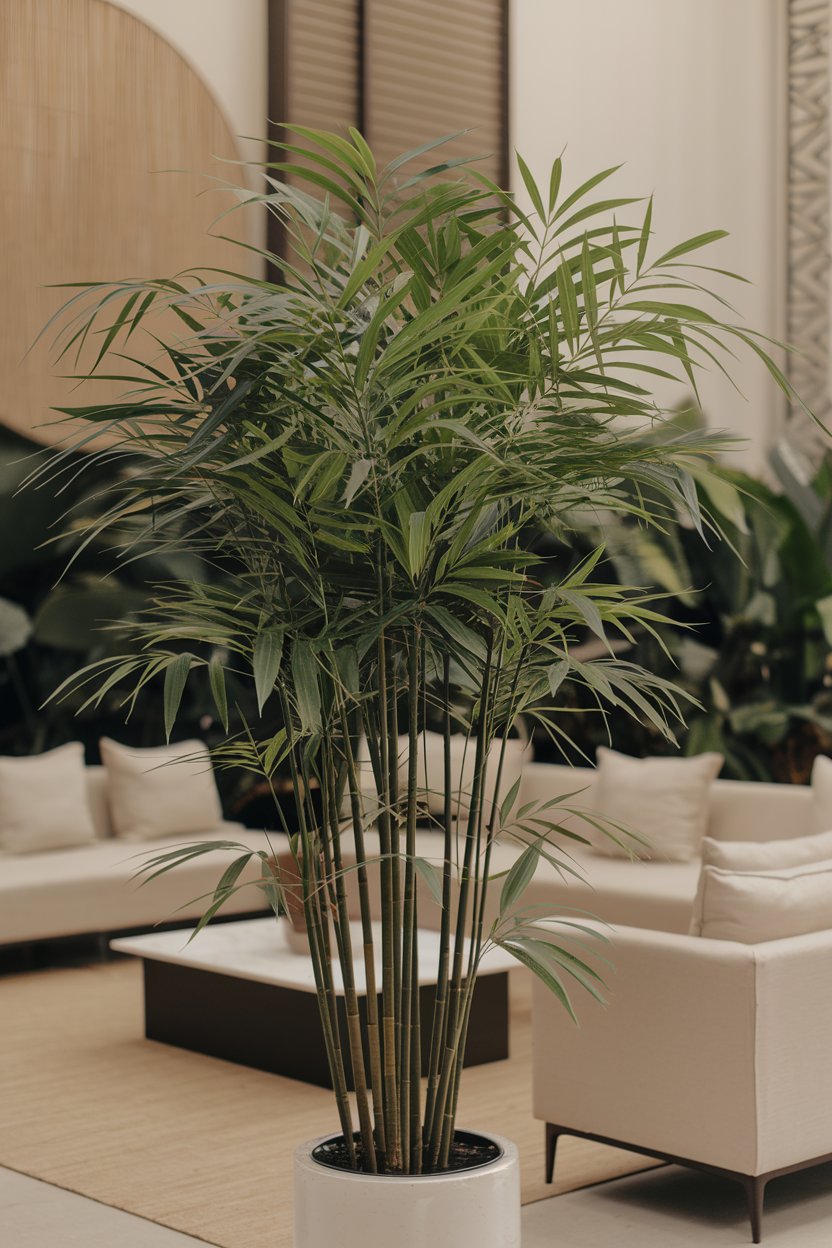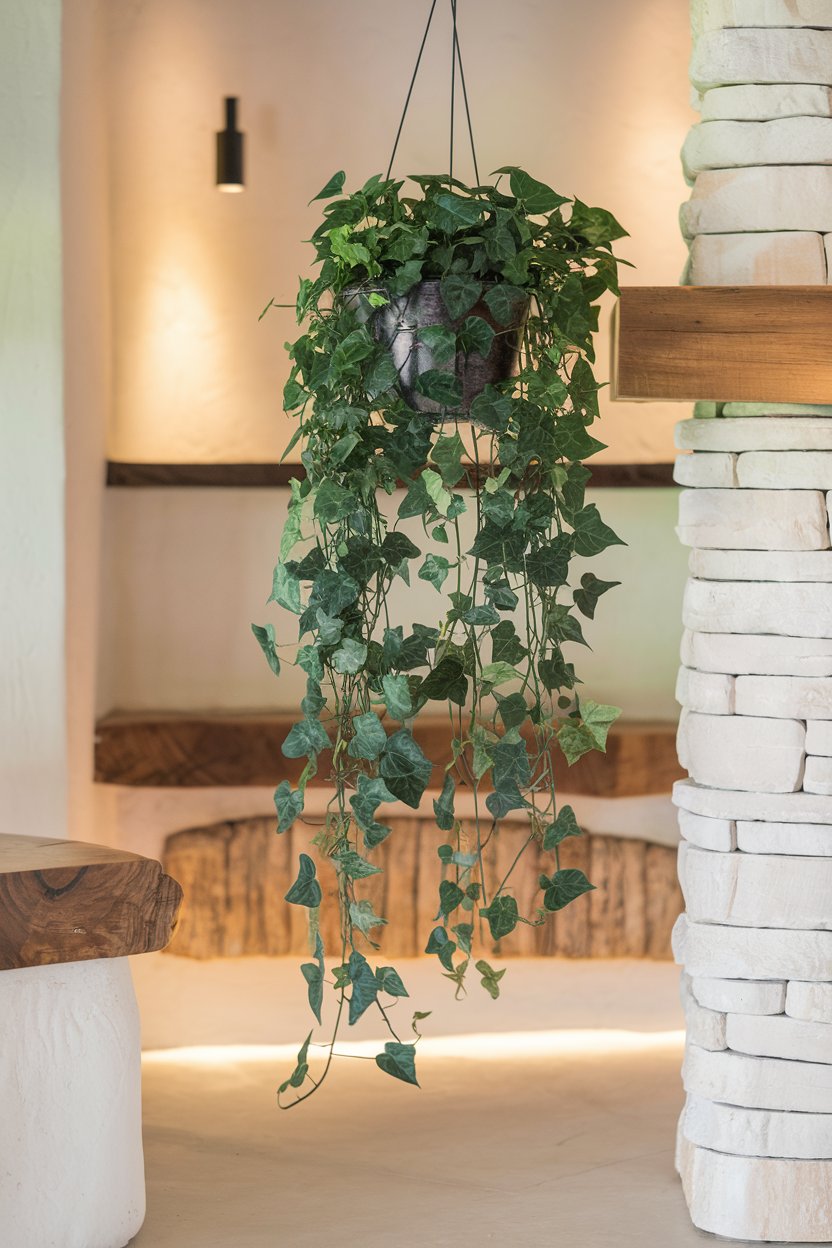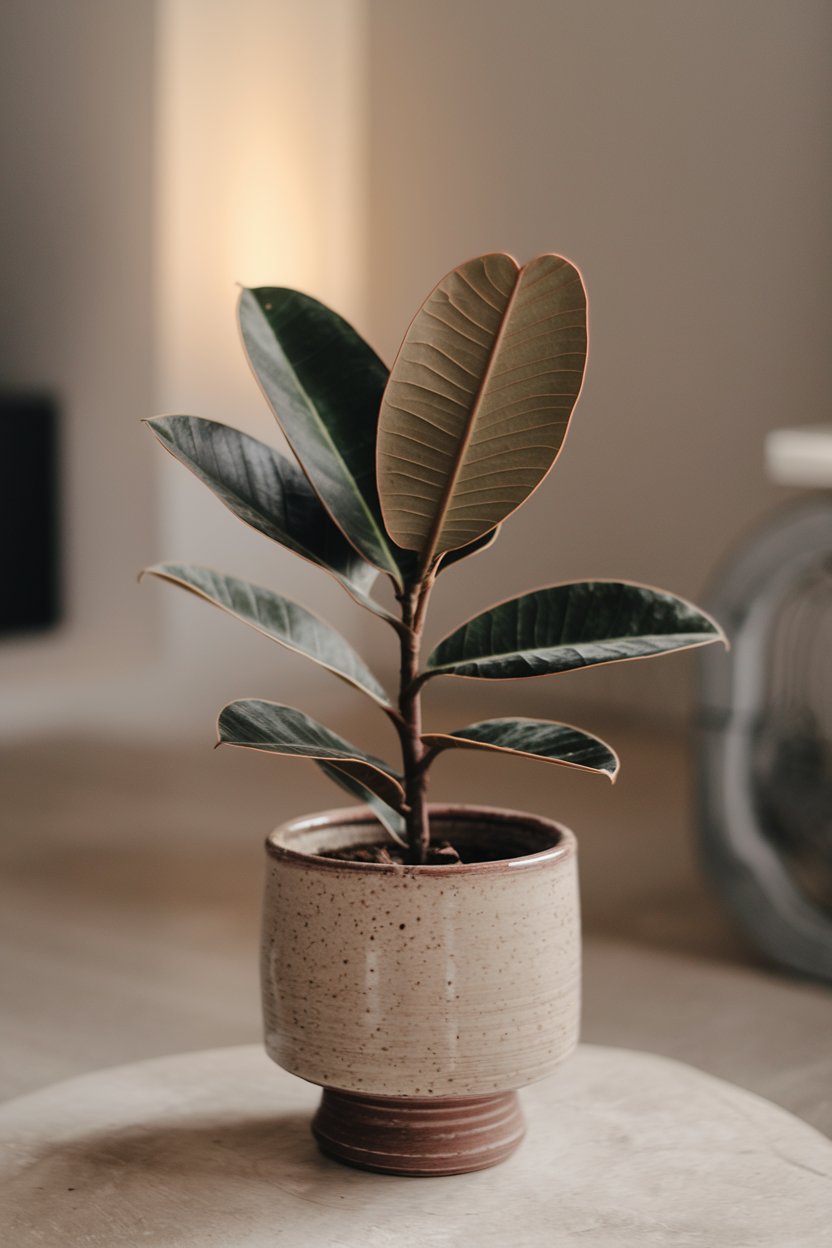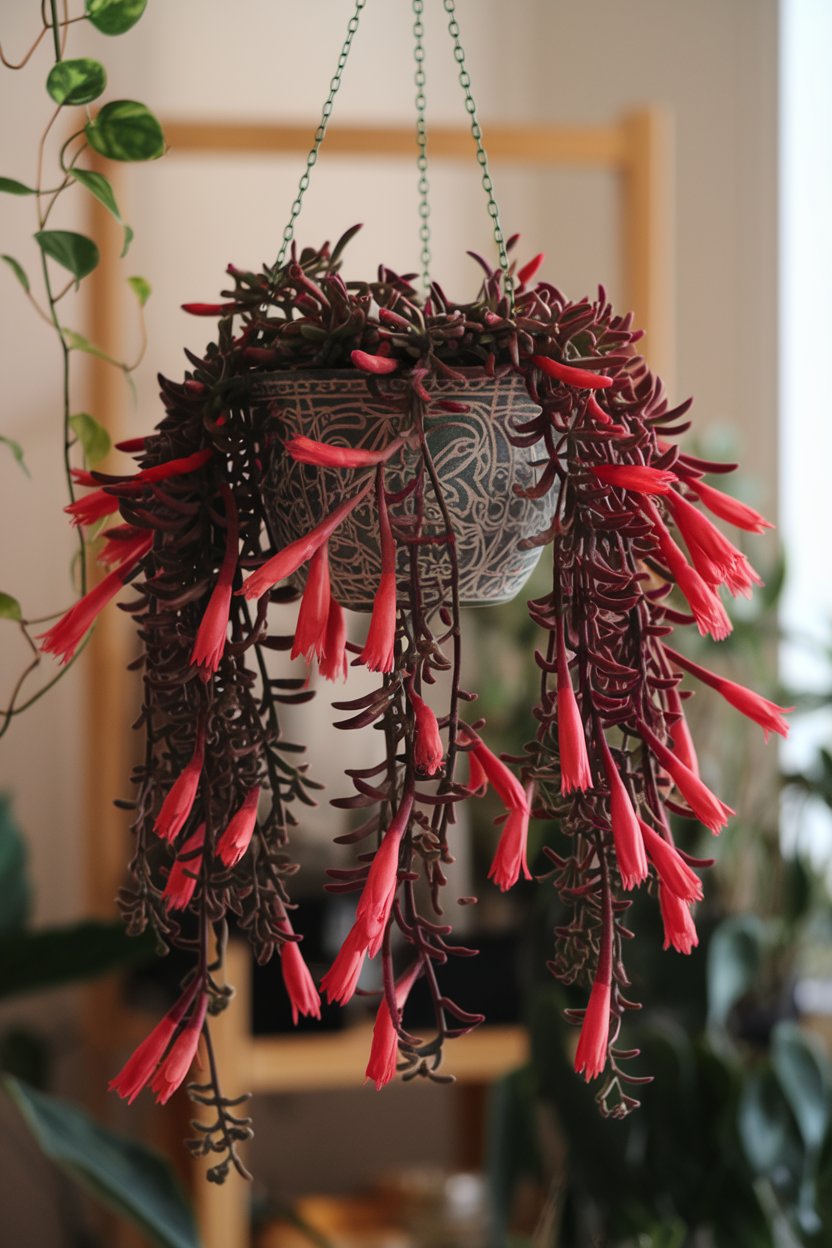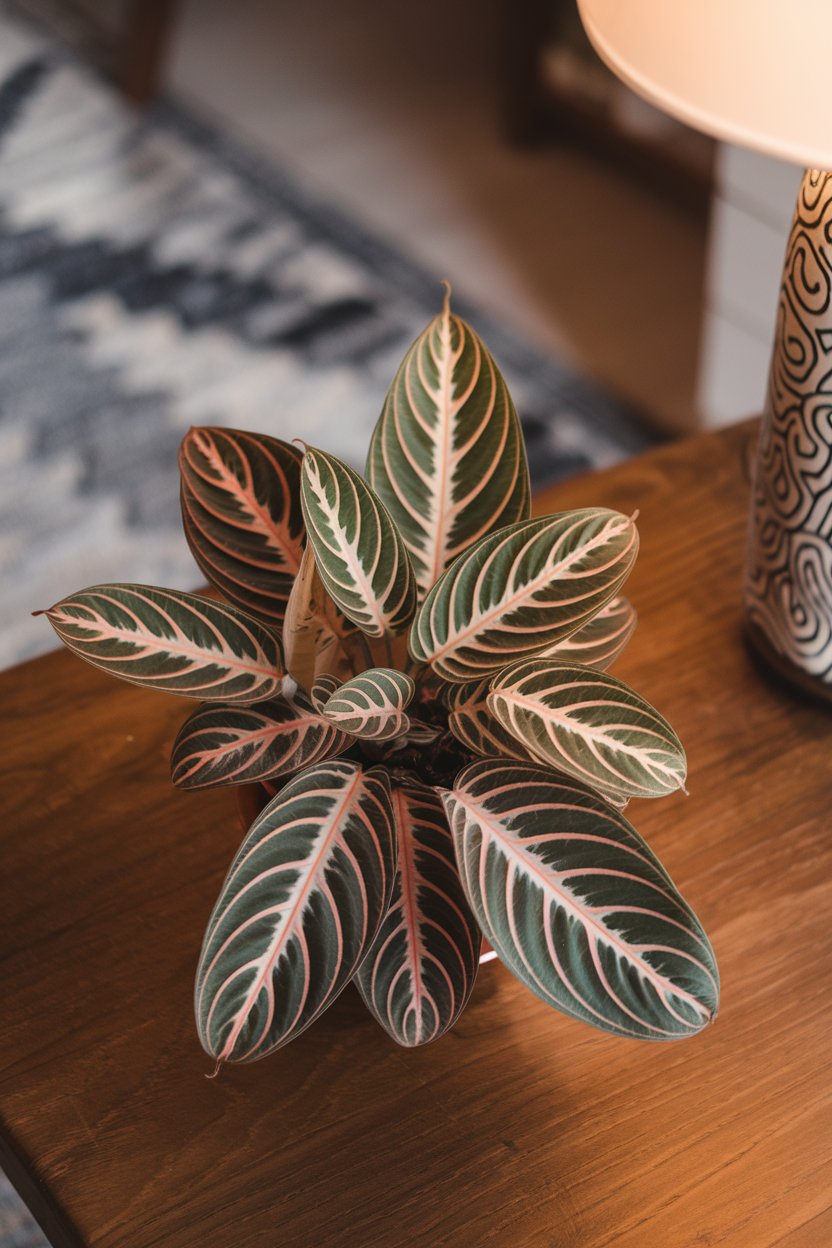15 Low Light Pet-Safe Indoor Plants: Safe for Pets & Perfect for Low Light
Creating a lush indoor garden while ensuring the safety of our beloved pets can be a challenge. Many popular houseplants are toxic to cats and dogs, making it crucial to choose pet-safe indoor plants that thrive in low-light conditions. Whether you’re looking to enhance your living space with greenery or simply want to improve indoor air quality, we’ve compiled a list of the best non-toxic plants that are both beautiful and safe for your furry friends.
What's On the Page
- 1 1. Spider Plant (Chlorophytum comosum)
- 2 2. Areca Palm (Dypsis lutescens)
- 3 3. Boston Fern (Nephrolepis exaltata)
- 4 4. Parlor Palm (Chamaedorea elegans)
- 5
- 6 5. Calathea (Calathea spp.)
- 7 6. Peperomia (Peperomia spp.)
- 8 7. Cast Iron Plant (Aspidistra elatior)
- 9 8. Friendship Plant (Pilea involucrata)
- 10 9. African Violet (Saintpaulia)
- 11 10. Bamboo Palm (Chamaedorea seifrizii)
- 12 11. Moth Orchid (Phalaenopsis Orchid)
- 13 12. Swedish Ivy (Plectranthus verticillatus)
- 14 13. Baby Rubber Plant (Peperomia obtusifolia)
- 15 14. Lipstick Plant (Aeschynanthus radicans)
- 16 15. Prayer Plant (Maranta leuconeura)
- 17 Conclusion
1. Spider Plant (Chlorophytum comosum)
The Spider Plant is a resilient, low-maintenance choice that thrives in indirect light. It’s known for its air-purifying abilities and graceful, arching leaves. This plant is great for hanging baskets, where its long, striped green and white leaves can cascade elegantly.
Spider plants are also excellent at producing offshoots, or spiderettes, which can be propagated easily to grow new plants. Since it’s non-toxic to pets, it’s an ideal addition to any home.
2. Areca Palm (Dypsis lutescens)
Also known as the Butterfly Palm, this plant adds a tropical touch to indoor spaces. It flourishes in low to moderate light and poses no harm to cats and dogs. The Areca Palm is a natural humidifier, releasing moisture into the air, which can be beneficial for both people and pets, especially in dry indoor environments.
Its feathery fronds grow in clusters, giving it a lush, full appearance that can make any room feel more vibrant and lively.
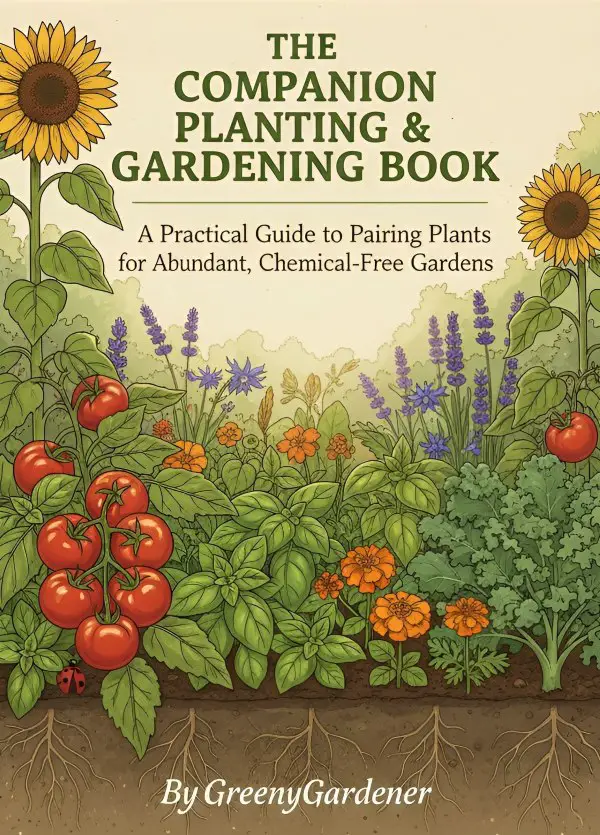
🌿 The Companion Planting & Gardening Book (eBook)
Bigger harvests, fewer pests — natural pairings & simple layouts. $2.40
Get – $2.40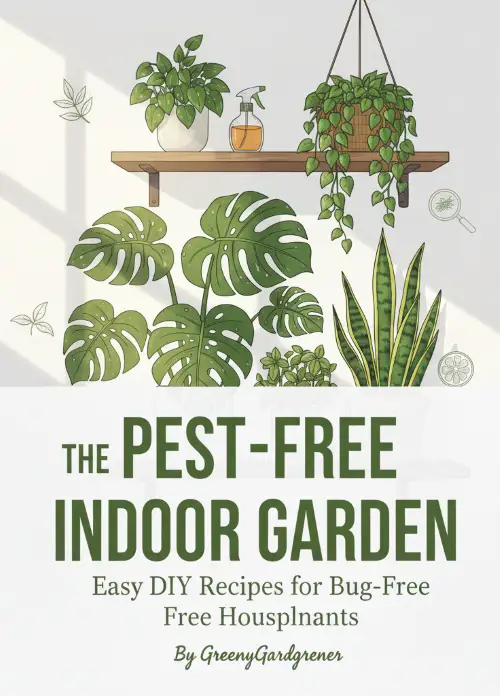
🪴 The Pest-Free Indoor Garden (eBook)
DIY sprays & soil tips for bug-free houseplants. $1.99
Get – $1.993. Boston Fern (Nephrolepis exaltata)
Ferns can be tricky, but the Boston Fern is both pet-safe and adaptable to low-light conditions. It prefers a humid environment, making it perfect for bathrooms or kitchens. Its delicate, feathery fronds create a soft, elegant look, and it’s also an excellent air purifier.
Regular misting will help maintain the necessary humidity, and occasional trimming will keep it looking full and healthy.
4. Parlor Palm (Chamaedorea elegans)
A staple in Victorian homes, the Parlor Palm thrives in indirect light and requires minimal care. It’s non-toxic to pets and brings an elegant, classic charm to any room. This slow-growing palm can reach up to six feet tall indoors, making it a great statement plant.
It also adapts well to different environments, tolerating both dry and slightly humid conditions with ease.
5. Calathea (Calathea spp.)
Calatheas, also known as Prayer Plants, have striking foliage with intricate patterns. They do well in low light and are completely safe for pets. Their ability to close their leaves at night makes them a fascinating plant to observe.
Calatheas thrive in slightly humid conditions and prefer their soil to be kept evenly moist. Their unique patterns and colors make them one of the most visually appealing pet-friendly plants.
6. Peperomia (Peperomia spp.)
These small, pet-friendly plants come in a variety of leaf shapes and colors. They adapt well to low-light environments and require minimal watering, making them an excellent choice for beginners.
Peperomias are compact and can fit perfectly on desks or shelves, adding a touch of greenery without taking up too much space. Their thick, rubbery leaves help them retain moisture, making them drought-tolerant as well.
7. Cast Iron Plant (Aspidistra elatior)
True to its name, the Cast Iron Plant is nearly indestructible. It tolerates low light, infrequent watering, and even neglect while being safe for pets. Its broad, dark green leaves create a lush, dense appearance, and it’s highly resistant to common plant problems like pests and diseases.
This plant is ideal for those who want a beautiful yet extremely low-maintenance houseplant.
8. Friendship Plant (Pilea involucrata)
A charming, textured plant that thrives in low light, the Friendship Plant is easy to care for and non-toxic to pets. It grows well in terrariums or as a tabletop plant. The leaves have a crinkled, quilted appearance and may change in color depending on light conditions.
This plant is also known for its rapid growth and is easy to propagate by simply taking stem cuttings and placing them in water or soil.
9. African Violet (Saintpaulia)
Known for its delicate, colorful flowers, the African Violet prefers indirect light and humid conditions. It’s one of the few flowering plants that’s completely safe for cats and dogs.
African violets bloom year-round, provided they receive adequate care, including consistent watering and occasional fertilizing. They are perfect for adding a pop of color to indoor spaces without posing a risk to curious pets.
10. Bamboo Palm (Chamaedorea seifrizii)
The Bamboo Palm not only purifies the air but also thrives in low-light conditions. It’s a pet-friendly alternative to toxic palms like the Sago Palm.
This tall-growing plant provides a natural, jungle-like ambiance to indoor spaces and helps filter out harmful toxins from the air. Its ability to adapt to different lighting conditions makes it a versatile option for many homes.
11. Moth Orchid (Phalaenopsis Orchid)
If you’re looking for a flowering plant, the Moth Orchid is a stunning choice. It tolerates low light, requires minimal maintenance, and is non-toxic to pets.
With proper care, orchids can bloom for several months at a time, providing long-lasting beauty. They prefer a well-draining potting mix and occasional watering to keep their roots healthy.
12. Swedish Ivy (Plectranthus verticillatus)
Unlike true ivy plants that are often toxic, Swedish Ivy is safe for pets and flourishes in low light. It’s an excellent trailing plant for hanging baskets.
Its cascading growth habit makes it a popular choice for high shelves and window sills, where its vines can drape beautifully. Swedish Ivy is also known for its ability to improve air quality.
13. Baby Rubber Plant (Peperomia obtusifolia)
A close relative of the Peperomia family, the Baby Rubber Plant has glossy, thick leaves and thrives in indirect light. It’s a safe and stylish choice for pet owners.
This plant is highly adaptable and can thrive in a variety of indoor conditions, making it an easy-care choice for plant lovers of all levels.
14. Lipstick Plant (Aeschynanthus radicans)
The Lipstick Plant produces vibrant red flowers and does well in low-light conditions. It’s non-toxic to pets and an excellent choice for hanging baskets.
Its name comes from the way its flowers resemble a tube of lipstick when they bloom. With proper care, this plant will reward you with a continuous display of blooms throughout the year.
15. Prayer Plant (Maranta leuconeura)
Similar to Calatheas, Prayer Plants have beautifully patterned leaves that move throughout the day. They adapt well to low-light environments and pose no threat to pets.
Their striking foliage and unique movement make them a fascinating addition to any indoor space.
- Black Annual Flowers: A Complete Guide To Creating Moody, Dramatic - December 7, 2025
- Blue And Purple Flowers: Your Complete Guide To Planting A Serene - December 7, 2025
- Brown And Red Flowers – Unlocking A Bold And Sophisticated Garden - December 7, 2025

